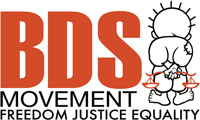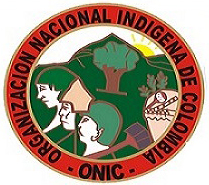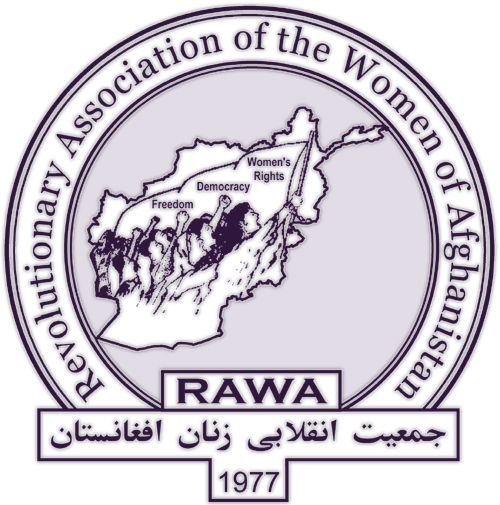Andean Theater
Colombia: worst drought in recorded history
Colombia is suffering the worst drought and forest fires in the country's history, partially due to weather phenomenon El Niño. According to meteorologists, the situation is likely to get worse. El Niño is the warming of the eastern tropical Pacific Ocean which occurs every few years, causing heavier than usual rainfall in some areas such as Peru and Ecuador but unusually hot and dry weather in Colombia. Luis Felipe Henao, Colombia's Housing Minister, said the last three years have been the driest that the country has ever suffered. The Río Magdalena is at its lowest level on record, at less than half its average flow of 7,200 cubic meters per second. The Río Cauca is also dangerously low, and the Río Pance almost entirely dry. So far this year 3,421 forest fires have been reported, affecting 77,300 hectares of woodland. Water restrictions have been put in place in 130 municipalities acrss the country, and rationing could also be imposed in hundreds more towns. The effects of the drought are not expected to improve until March 2016, according to the Colombian meteorological institute IDEAM. (Colombia Reports, Sept. 22)
Colombia accord to include trials for rights abuses
Colombian President Juan Manuel Santos and FARC leader leader "Timochenko" announced in Havana Sept. 24 that they have set a six-month deadline to sign a peace deal, which will include establishment of a special justice system to try human rights abusers. "We're not going to fail! This is the chance for peace!," President Santos said. "On March 23, 2016 we will be bidding farewell to the longest-running conflict in the Americas." Timochenko later posted on the rebels Twitter feed: "Let's join efforts to achieve peace." But terms of the proposed justice process are meeting controvery, within Colombia and internationally.
Ecuador: protesters remobilize in Quito
Thousands of protesters again mobilized in Quito on Sept. 16—this time without violent incidents. The march, concluding in the city's Plaza Santo Domingo, was again called by the Unitary Workers Front (FUT) and the Confederation of Indigenous Nationalities of Ecuador (CONAIE), to oppose President Rafael Correa's proposed labor reforms and "extractivist" economic model based on natural resource exploitation. CONAIE president Jorge Herrera said a new demand is "freedom for the political prisoners" who were detained during last month's larger protest campaign, which saw street clashes in Quito and elsewhere in the country.
Peru: protests as US military forces arrive
Without fanfare in either country, some 3,000 US troops are now arriving in Peru for an anti-drug "training mission." The troops embarked, along with several cargo planes, on the USS George Washington Sept. 1—sparking street protests in Lima. Thousands filled downtown Lima chanting slogans against the "Yankee terrorists," and several US flags were burned. Ex-congressman Gustavo Espinoza decried what he called a "military invasion." He suggested that the US had ulterior motives behind the mobilization: "What is looming is a sort of 'sting operation'...designed to enhance the North American presence not only in Peru but in the Americas... The Empire seeks to change the correlation of forces now in place in the region." (HispanTV, Sept. 2; TeleSUR, Sept. 1)
Ecuador shuts down free-speech organization
Ecuador's Secretary of Communications (Secom) on Sept. 8 officially informed the free-speech advocacy organization Fundamedios that it is being dissolved for promoting "indisputably political" material, in violation of the country's Unified Information Regulatory System for Social Organizations (RUOS). The case rests on Fundamedios linking on its Twitter feed to material critical of President Rafael Correa and his government—especially from the blogs Estadodepropaganda.com and SentidoComunEcuador.com. The organization has 10 days to appeal, but Fundamedios director César Ricaurte said he has little faith in the process, calling the announcement "A chronicle of a death foretold."
Paramilitarism in Venezuela-Colombian border crisis
Venezuelan President Nicolas Maduro on Aug. 21 indefinitely closed a busy border crossing with Colombia and declared a 60-day state of emergency in several nearby towns after three soldiers were shot and wounded in an apparent clash with smugglers. Authorities said two assailants on a motorcycle fired on a patrol in the border town of San Antonio del Táchira, wounding a civilian as well as the two army lieutenants and a captain. Maduro has mobilized some 15,000 troops the area, and says the Simon Bolívar International Bridge, over the Río Táchira that forms the border, will remain closed until the assailants are apprehended. Colombian President Juan Manuel Santos has protested the border closure, signaling another flare-up between the uneasy South American neighbors.
Bolivia: Potosí mine at issue in regional strike
Protesters cut off access to the Bolivian mining city of Potosí for most of last month in a dispute with the central government over infrastructure investment. Access to the city of more than 130,000 was blocked by thousands of protesters as part of a civil strike called by the Comité Cívico Potosinista (COMCIPO). The strike was "suspended" after 27 days on Aug. 2, when the city had almost run out of petrol, food and money. But organizers declared President Evo Morales and his cabinet members "enemies of Potosí" and "persona non grata" throughout the department. They also called for the resignation of the city's mayor, William Fernández, and the departmental prefect, Juan Carlos Cejas, both from Bolivia's ruling Movement Toward Socialism (MAS).
Ecuador: UN expresses concern on repression
UN Special Rapporteur on the Rights of Indigenous Peoples Victoria Tauli-Corpuz issued a statement Aug. 24 expressing concern about ongoing violence against protesters by security forces in Ecuador, and called for a "just and impartial" investigation. The statement made special note of "accusations of violence against indigenous women" who participated in peaceful demonstrations. (InfoBae, Aug. 25) Repression is reported from Quito and several rural areas affected by the strike, with homes raided and residents reportedly beaten by soldiers and police in Saraguro, in southern Loja province. Among those beaten in the Amazonian province of Zamora Chinchipe was the prefect, Salvador Quishpe. (The Guardian, Aug. 19) Indigenous leader Nina Pacari called on Tauli-Corpuz to visit Ecuador to witness the "state strategies of social control and repression" in response to the national strike called this month by indigenous and labor leaders. By government figures, 126 have been detained since the strike began with 64 still held on "preventative detention" orders. Pacari says the number detained is actually 142. President Rafael Correa accuses the protesters of seeking to destabilize him in a "soft coup." (EFE, Aug. 25)















Recent Updates
2 hours 35 min ago
10 hours 25 min ago
2 days 3 hours ago
2 days 4 hours ago
2 days 8 hours ago
2 days 8 hours ago
3 days 9 hours ago
4 days 5 hours ago
5 days 2 hours ago
5 days 2 hours ago